The Meidum Pyramid, located in the deserts of Egypt, stands as a testament to the ingenuity and craftsmanship of ancient Egyptian architects. Often overlooked in favor of its more famous counterparts, the Meidum Pyramid holds a unique place in history as a transitional stage in the evolution of pyramid construction. Join us as we delve into the fascinating story of the Meidum Pyramid, exploring its significance in the development of ancient Egyptian architecture and its enduring legacy.
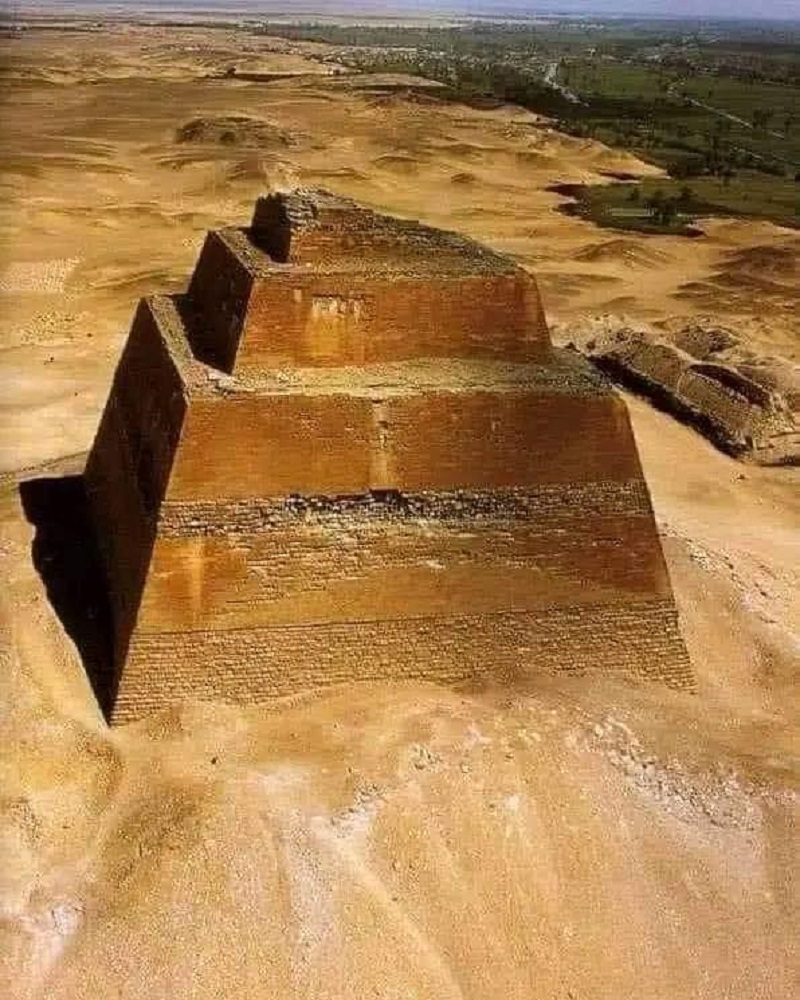
The Evolution of Pyramid Construction: A Historical Journey
The Meidum Pyramid occupies a pivotal position in the timeline of pyramid construction, serving as a link between the early stepped pyramids of the Third Dynasty and the iconic pyramids of the Fourth Dynasty. Originally built as a stepped pyramid by Pharaoh Sneferu, the Meidum Pyramid underwent several phases of construction and modification before reaching its final form. Its evolution offers valuable insights into the changing techniques and technologies employed by ancient Egyptian builders as they sought to create ever grander and more enduring monuments to their pharaohs.

The Enigmatic Architecture of the Meidum Pyramid
At first glance, the Meidum Pyramid may appear unassuming compared to its more imposing counterparts at Giza and Saqqara. However, a closer examination reveals a complex and sophisticated structure that showcases the skill and precision of its builders. The pyramid’s distinctive design, with its sloping sides and stepped core, is a testament to the innovative engineering techniques employed by ancient Egyptian architects. Despite the challenges posed by its construction, the Meidum Pyramid stands as a remarkable achievement of ancient engineering and a testament to the ambition and determination of the pharaohs who commissioned it.
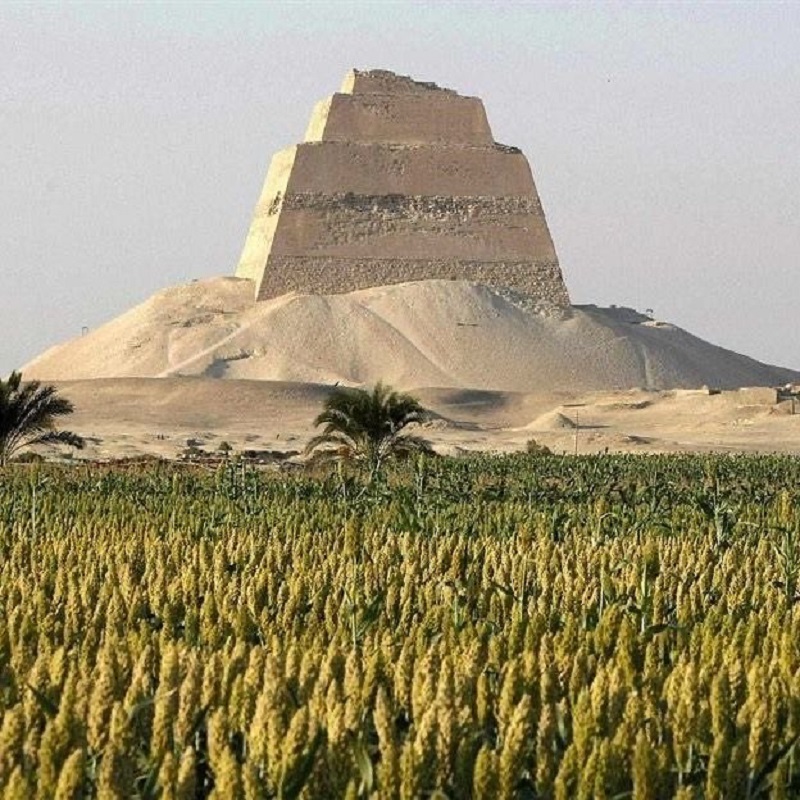
Unraveling the Mysteries of the Meidum Pyramid: Archaeological Discoveries
Over the centuries, archaeologists have conducted extensive research and excavation at the Meidum Pyramid, uncovering a wealth of artifacts and insights into its construction and history. From pottery shards and inscriptions to architectural fragments and burial chambers, these discoveries offer valuable clues about the lives and beliefs of the people who built and used the pyramid. Through careful analysis and interpretation, researchers continue to unravel the mysteries of the Meidum Pyramid, shedding light on its significance in the context of ancient Egyptian society and culture.
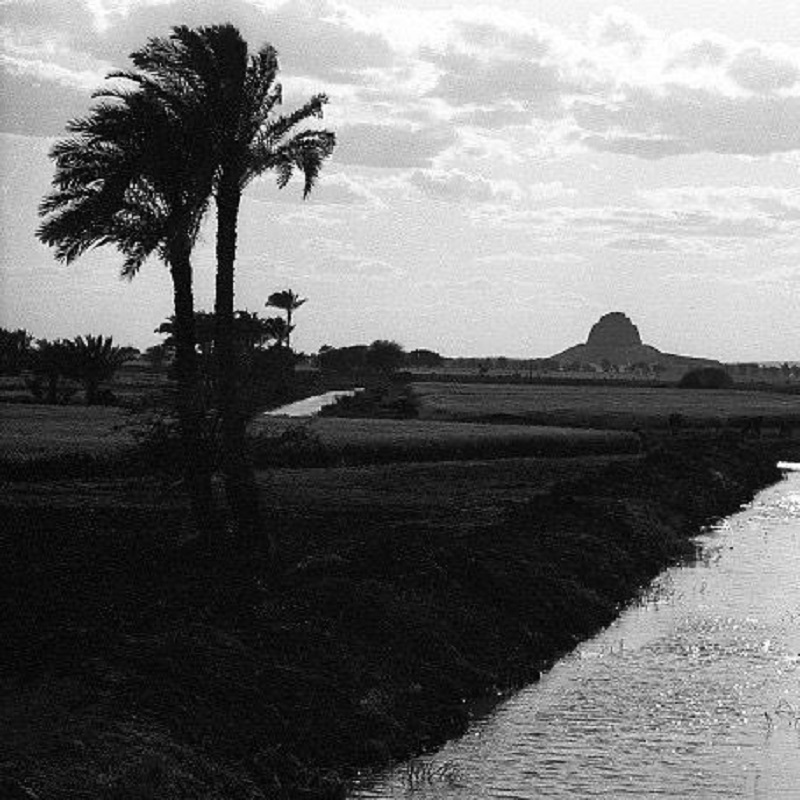
The Legacy of the Meidum Pyramid: A Symbol of Ancient Egypt’s Greatness
Despite its incomplete state and the passage of millennia, the Meidum Pyramid endures as a symbol of ancient Egypt’s greatness and a testament to the enduring legacy of its civilization. As visitors stand in awe before its weathered stone walls, they are reminded of the ingenuity, craftsmanship, and ambition of the ancient Egyptians who built it. The Meidum Pyramid serves as a poignant reminder of the power of human creativity and the timeless allure of Egypt’s monumental heritage.
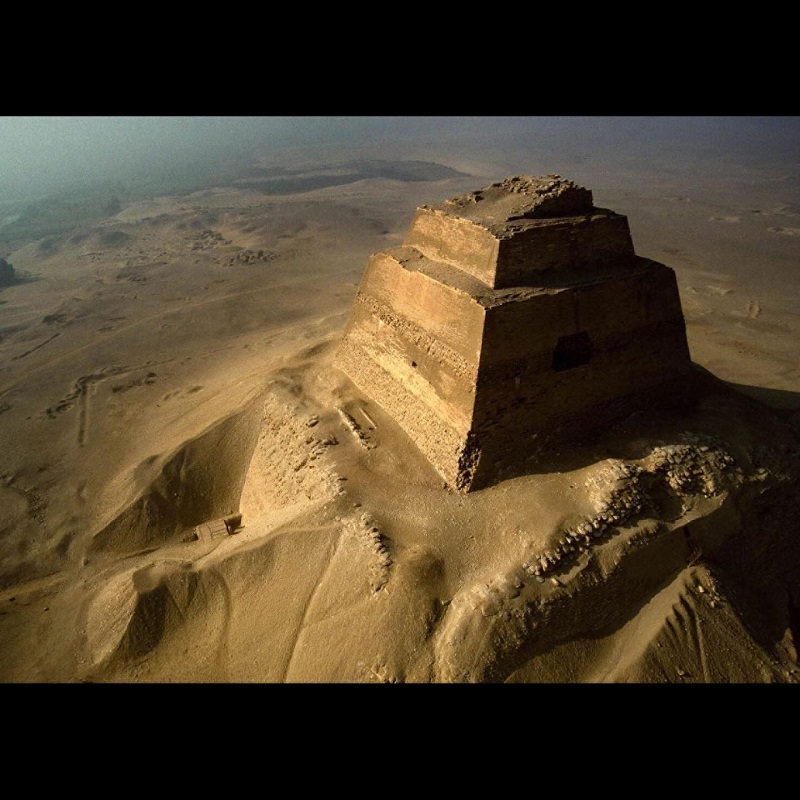
In conclusion, the Meidum Pyramid stands as a remarkable testament to the ingenuity and ambition of ancient Egyptian civilization. Its unique design and historical significance make it a fascinating subject of study for archaeologists and historians alike. As we continue to explore and uncover the mysteries of the Meidum Pyramid, we gain valuable insights into the evolution of pyramid construction and the enduring legacy of one of the world’s greatest civilizations.
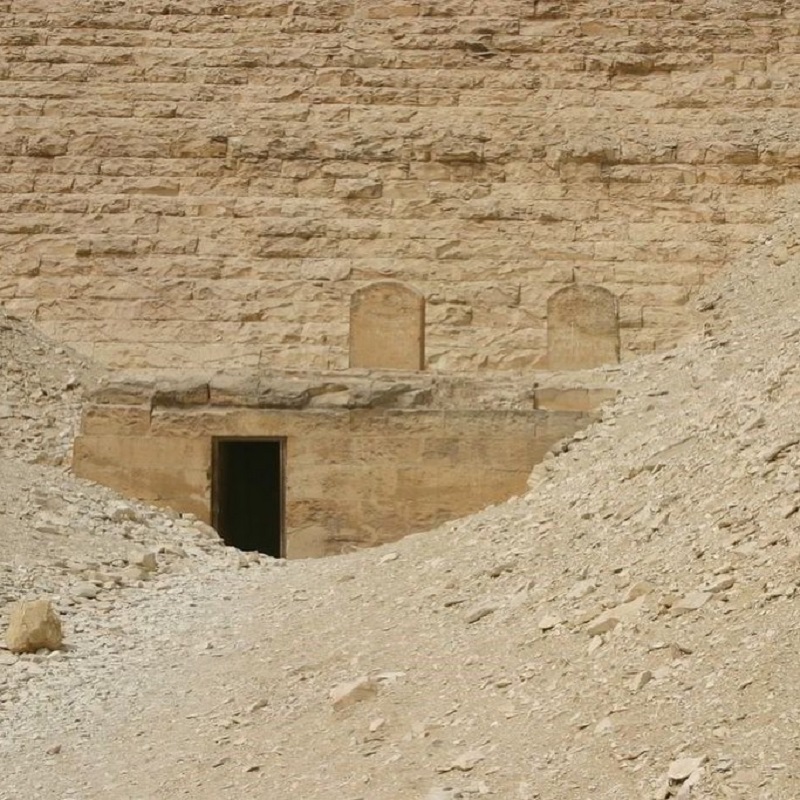
To learn more about the Meidum Pyramid and its significance in the history of ancient Egypt, consider visiting archaeological sites and museums dedicated to Egyptian history and culture. By engaging with the artifacts and stories of the past, we can gain a deeper appreciation for the meaning and benefits of archaeology in understanding our shared human heritage.


